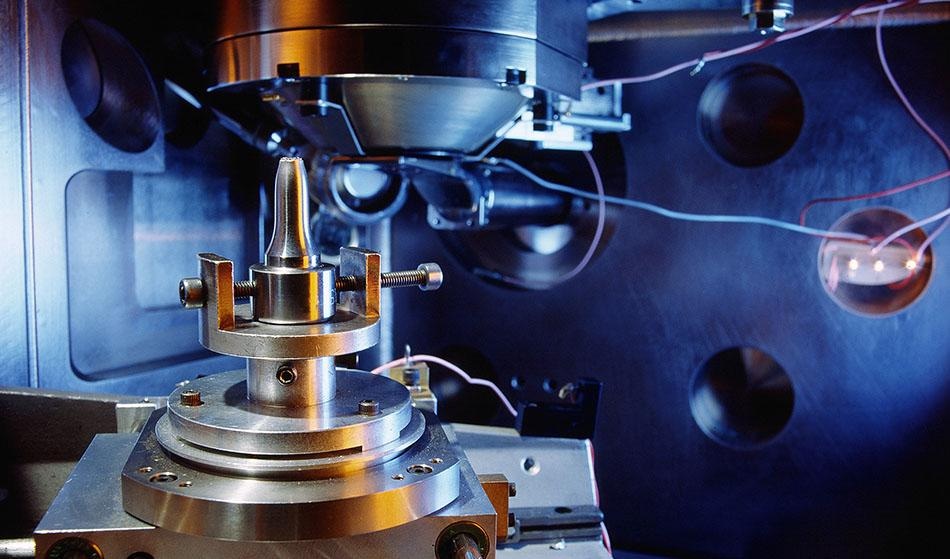
Bildagentur Zoonar GmbH/Shutterstock.com
Electron microscopy has increasingly relied on automation since the 1980s. In particular, industrial uses of electron microscopy often call for throughput rates that would not be too demanding of manually-operated devices.
Furthermore, scientific companies are increasingly dependent on technicians to gather the needed information in the same vicinity as the electron microscopy system being used, as opposed to relying upon the services of a third-party or outside laboratory. The need for large amounts of high-quality, dependable information as rapidly as possible is generating new expectations, a focus that is pushing an integrated solution-driven approach to electron microscopy. This new approach marks a new way of thinking and has nurtured a “system-based” strategy, which includes a greater emphasis on efficiency and productivity.
In contrast to instruments meant for research applications that are characterized by their technical prowess, a production-driven tool is more defined by its capacity to evaluate essential sample metrics with the required speed and precision. Increasingly driven by automation, modern electron microscopes are designed as an entire system that operates in concert with an entire laboratory.
A Dynamic Beam for Optimal Data Collection
One essential technology for the efficient automation of an electron microscope system is dynamic beam control, an approach designed to spend as little time as possible gathering pixels that are not relevant to the task at hand.
Dynamic beam control involves the use of a “smart” beam control algorithm that skips the beam quickly across a sample in a rectangular pattern that is designed to detect the tiniest features of interest. When a noteworthy feature is found, a sizing algorithm is triggered with a much greater resolution and an X-ray spectrum may be obtained. Through this process, interesting features can be classified to a relatively high precision while capping the time invested in gathering pixels with low levels of promise.
This is ostensibly more efficient than the more customary frame-based computerized analysis that involves analyzing a complete frame of pixels at the finest resolution possible and is then an analysis via an image-processing software. Because electron microscopes typically are sequential-pixel devices, and the overwhelming majority of pixels in a standard frame are not of interest, a dynamic beam control approach significantly boosts measurement speed while maintaining a high level of quality.
Automated Processing
The quick collection of information is critical, but perhaps more essential is converting the information into useful data and insights.
An automated electron microscope can quickly create a tsunami of data that requires the use of suitable report-generating software that can translate measurements into useful results and conclusions. Preferably, this software is formatted so that it is suited to the explicit type of application it is being used in; so the produced reports convey the metrics most relevant to the industry or application.
One automated processing solution developed by a team of European scientists called ANIMATED-TEM replicates the typical approach a technician uses to quickly assess the quality of a grid and the sample to choose the more interesting areas to be identified at a greater magnification. These steps are crucial: the items being commonly disparate and spread arbitrarily on the grid, it is not practical to pre-define regions arbitrarily nor to analyze a grid systematically. The areas of interest ought to be localized via image processing. Each micrograph is also analyzed to draw out a group of features that define the sample. The outcomes are synthesized by statistical investigation and automatic sample categorization. As a result, the user has immediate access to the outcomes put together for a large series of specimens. If required, the user can also acquire any or all images captured by the system for additional study.
Sources and Further Reading
Disclaimer: The views expressed here are those of the author expressed in their private capacity and do not necessarily represent the views of AZoM.com Limited T/A AZoNetwork the owner and operator of this website. This disclaimer forms part of the Terms and conditions of use of this website.